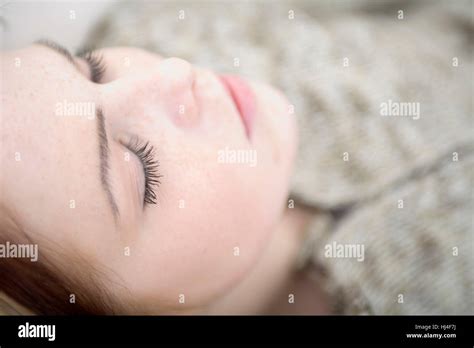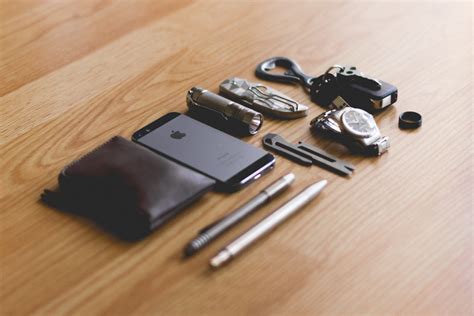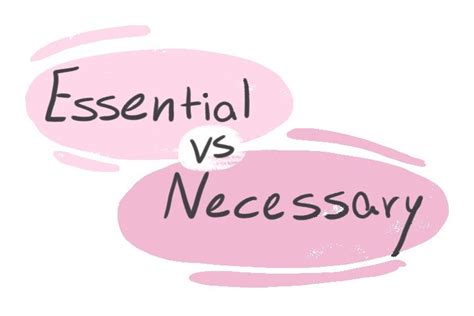Which sleep gear optimizes peak recovery & cognitive performance?
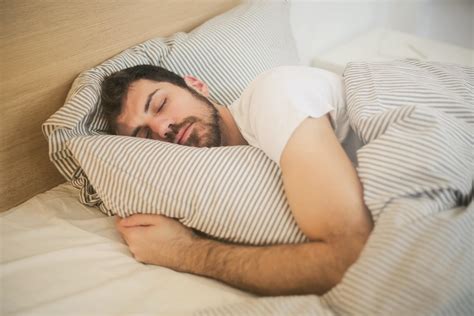
The Crucial Link Between Sleep, Recovery, and Performance
In today’s high-demand world, the quest for peak physical recovery and sharp cognitive performance is constant. While diet and exercise often take center stage, the foundational pillar for both remains sleep. It’s during our slumber that the body repairs, memory consolidates, and crucial hormones are regulated. But simply ‘getting sleep’ isn’t enough; the quality of that sleep is paramount. This is where specialized sleep gear comes into play, transforming a restless night into an optimized recovery session.
Choosing the right sleep equipment can significantly impact your sleep architecture, leading to deeper REM and slow-wave sleep cycles, which are vital for physical restoration and cognitive enhancement. From the foundations of your sleep environment to subtle technological aids, optimizing your gear is a strategic investment in your overall well-being and performance.
Foundational Comfort: Mattresses and Pillows
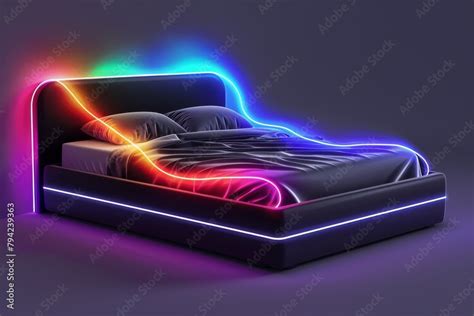
The mattress and pillow are the bedrock of your sleep system. An unsupportive mattress can lead to aches, pains, and frequent awakenings, disrupting deep sleep phases. Modern mattresses, from memory foam to hybrid designs, offer tailored support that aligns the spine, reduces pressure points, and distributes weight evenly. Similarly, the right pillow maintains cervical spine alignment, preventing neck strain and ensuring unobstructed breathing. Consider factors like firmness, material, and your preferred sleep position when making these critical choices.
Blocking Out Distractions: Light and Sound
Melatonin, the sleep hormone, is highly sensitive to light. Even minimal light exposure can suppress its production, making it harder to fall asleep and stay asleep. High-quality sleep masks that block 100% of light, along with blackout curtains, create the optimal dark environment necessary for robust melatonin secretion and undisturbed sleep. This is particularly crucial for shift workers or those living in urban environments.

Just as light disrupts, so does noise. Whether it’s street sounds, a partner’s snoring, or household creaks, auditory disturbances fragment sleep. Effective earplugs designed for sleep can significantly reduce ambient noise, promoting a quieter, more restful environment. Alternatively, white noise machines or apps can mask disruptive sounds with a consistent, soothing hum, helping to create a tranquil sleep sanctuary.
Optimizing Temperature: The Often-Overlooked Factor
Your body naturally lowers its core temperature to initiate sleep, and maintaining a cool environment is crucial for continuous rest. Overheating can lead to restlessness and night sweats, pulling you out of deep sleep. Gear designed for temperature regulation includes cooling mattresses, breathable sheets made from natural fibers like linen or bamboo, and moisture-wicking sleepwear. Investing in these can help maintain an optimal sleep temperature, fostering longer, more profound sleep cycles.
Smart Sleep Technology: Trackers and Aids
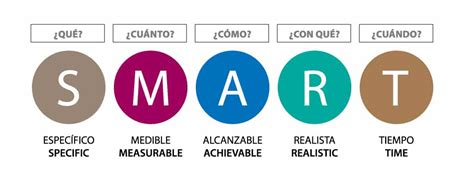
The advent of smart sleep technology has revolutionized our understanding of personal sleep patterns. Wearable devices and under-mattress sensors can track sleep stages, heart rate variability, breathing patterns, and movement. This data provides invaluable insights into your sleep quality and identifies potential areas for improvement. Some smart devices also offer features like smart alarms that wake you during a light sleep phase, making you feel more refreshed, or incorporate gentle soundscapes to aid relaxation and sleep induction.
Beyond the Basics: Supplementary Gear
- Weighted Blankets: These provide gentle, even pressure, mimicking a hug, which can reduce anxiety and promote a sense of calm, facilitating faster sleep onset and deeper rest.
- Aromatherapy Diffusers: Using essential oils like lavender or chamomile can create a calming atmosphere, signaling to your body that it’s time to unwind.
- Blue Light Blocking Glasses: Worn in the evening, these glasses filter out the blue light emitted by screens, which can interfere with melatonin production and circadian rhythms.

Crafting Your Ideal Sleep Environment
Optimizing your sleep gear isn’t about buying every gadget on the market; it’s about creating a personalized sleep system that addresses your unique needs and challenges. Start with the foundational elements – a supportive mattress and pillow – and then build out your environment by controlling light, sound, and temperature. Incorporate smart technology for data-driven insights, and consider supplementary aids for an added boost. By strategically selecting and utilizing the right sleep gear, you can unlock superior recovery, enhance cognitive function, and elevate your overall quality of life.
